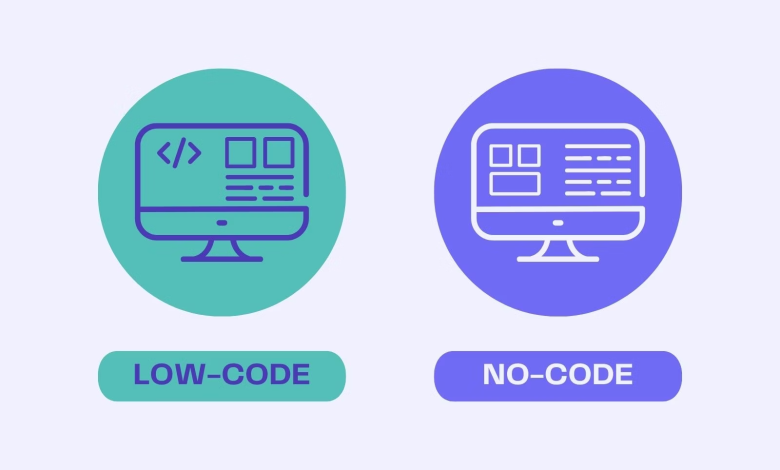No-Code and Low-Code: A Threat or an Opportunity for Developers?

The software industry is witnessing a paradigm shift with the rapid rise of no-code and low-code development platforms. These platforms promise to democratize application creation, enabling people with little or no programming background to build functional software. For developers, however, the question arises: are these platforms a threat to their profession, or do they represent an opportunity to evolve into new roles? This article explores the impact of no-code and low-code platforms, their advantages, limitations, and the future role of developers in this changing landscape.
1. What Are No-Code and Low-Code Platforms?
- No-Code Platforms: Allow users to create applications using drag-and-drop interfaces and pre-built templates without writing any code. (e.g., Wix, Bubble, Webflow)
- Low-Code Platforms: Provide visual development tools but also allow for custom coding when needed. (e.g., OutSystems, Mendix, Microsoft PowerApps)
These platforms are designed to simplify the application development process, making it accessible to non-technical users.
2. Why Are These Platforms Gaining Popularity?
The demand for digital solutions is growing faster than the supply of skilled developers. No-code and low-code platforms address this gap by:
- Reducing development time from months to weeks or even days.
- Lowering costs for businesses and startups.
- Enabling non-technical users (“citizen developers”) to build their own tools.
- Supporting rapid prototyping and experimentation.
3. The Benefits for Businesses
From a business perspective, these platforms offer several advantages:
- Speed: Faster time-to-market for applications.
- Cost-Effectiveness: Less reliance on hiring large development teams.
- Accessibility: Empowering business teams to create and customize their own solutions.
- Scalability: Many platforms now integrate with cloud services and APIs for expansion.
4. Are Developers at Risk?
A common concern is whether no-code and low-code tools will replace professional developers. While these platforms can handle simple to moderately complex applications, they have limitations:
- Limited flexibility for highly customized solutions.
- Potential scalability and performance issues.
- Security and compliance concerns.
Key Insight:
Instead of replacing developers, these platforms shift the focus of developers’ roles. Professionals will still be needed for complex logic, integration, security, and architecture.
5. The New Role of Developers
As no-code and low-code platforms rise, developers will transition into new responsibilities:
- Architects: Designing scalable and secure systems that citizen developers can build upon.
- Integrators: Connecting no-code solutions with enterprise systems and APIs.
- Mentors: Guiding non-technical teams to avoid common pitfalls.
- Innovators: Building advanced applications where no-code platforms fall short.
6. Case Studies of Coexistence
- Small Businesses: Use no-code tools to quickly launch websites and internal tools, while developers handle custom integrations.
- Enterprises: Empower employees to build small apps using low-code, while IT departments ensure governance and compliance.
- Startups: Prototype with no-code platforms before transitioning to fully coded solutions for scalability.
7. Challenges of No-Code and Low-Code Platforms
Despite their advantages, these platforms also bring challenges:
- Vendor Lock-in: Dependency on a single platform’s ecosystem.
- Customization Limits: Inability to handle unique or complex use cases.
- Security Risks: Vulnerabilities due to lack of deep technical oversight.
- Skill Gaps: Citizen developers may lack knowledge of best practices.
8. The Future of Development with No-Code and Low-Code
The next decade will likely see a hybrid model:
- Businesses adopting no-code for rapid solutions.
- Developers building reusable components and APIs.
- Stronger collaboration between business users and professional developers.
- Increased emphasis on governance, security, and compliance.
Vision:
Developers who embrace no-code and low-code as complementary tools rather than competitors will find themselves in high demand as facilitators, architects, and innovators.
Conclusion
No-code and low-code platforms are not the end of software development but a new chapter in its evolution. They empower more people to participate in application creation while freeing developers from repetitive tasks. The real opportunity lies in how developers adapt—moving from pure coders to strategic problem solvers, system architects, and collaborators. Far from being a threat, these platforms can be a catalyst for the next generation of development, where humans and tools work together to build faster, smarter, and more accessible solutions.

